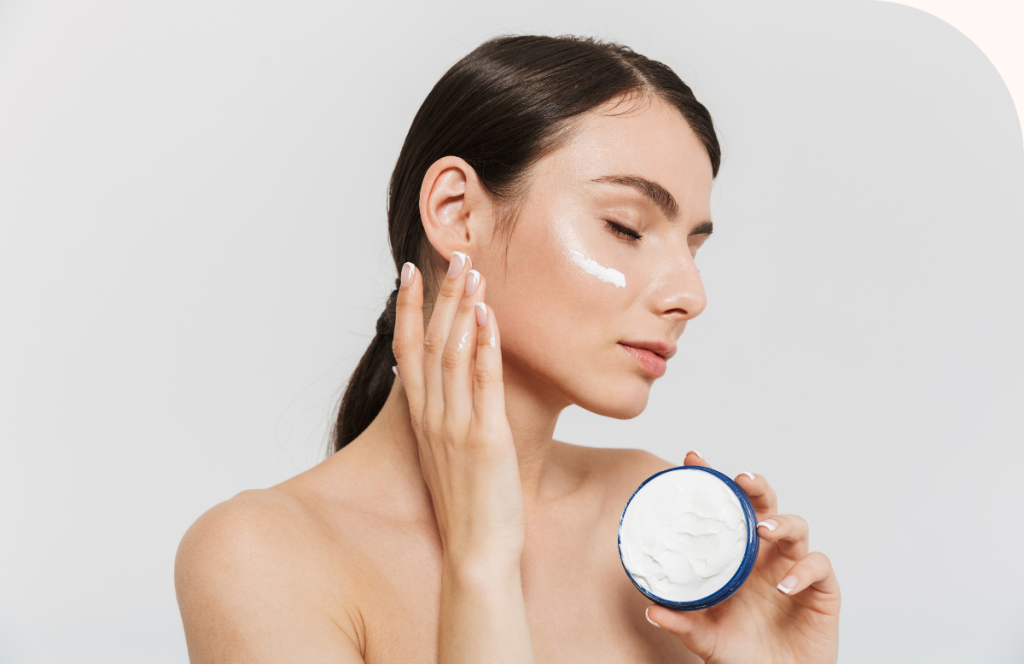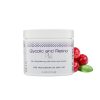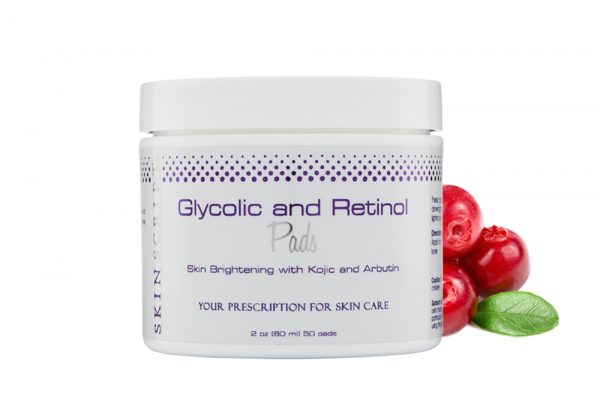Hyaluronic acid has become a buzzword in the skincare industry, with its reputation for delivering hydration and anti-aging benefits. While it’s often associated with facial skincare, there’s more to this wonder ingredient than meets the eye. In this article, we’ll explore the various applications of hyaluronic acid, debunk myths, and guide you on how to make the most of its versatile properties.
What is Hyaluronic Acid?
Hyaluronic acid is a substance naturally produced by the body, primarily found in the skin, eyes, and connective tissues. It plays a crucial role in maintaining hydration and lubrication.
Role in the Human Body
In the human body, hyaluronic acid acts as a cushioning and lubrication agent, ensuring smooth joint movements and maintaining skin elasticity.
Hyaluronic Acid in Skincare
Rise in Popularity
Over the years, hyaluronic acid has gained immense popularity in skincare due to its ability to retain water and provide intense hydration.
Various Forms in Skincare Products
Skincare products now incorporate hyaluronic acid in various forms, including serums, creams, and injections, promising a youthful and plump complexion.
Is it Exclusively for Facial Skin?
Contrary to popular belief, hyaluronic acid is not exclusive to facial skin. While it indeed works wonders on the face, its benefits extend beyond, making it a versatile ingredient for overall well-being.
Can hyaluronic acid be used on sensitive skin?
Yes, hyaluronic acid is generally safe for sensitive skin but consider patch testing and consulting with a dermatologist.
How often should hyaluronic acid be applied for optimal results?
Frequency depends on the product and your skin’s needs; follow the recommended usage on the product label.
Is hyaluronic acid suitable for all age groups?
Yes, hyaluronic acid benefits individuals of all ages by providing hydration and supporting skin health.
Can I mix hyaluronic acid with other skincare ingredients?
Yes, combining hyaluronic acid with ingredients like vitamin C can enhance its anti-aging effects.
Are there any side effects of hyaluronic acid injections?
While rare, side effects may include redness or swelling at the injection site; consult with a qualified practitioner for more information.
Benefits for Facial Skin
Hydration and Moisture Retention
Hyaluronic acid’s molecular structure allows it to hold water, making it an excellent hydrating agent. It penetrates the skin and binds water molecules, ensuring long-lasting moisture.
Reduction of Fine Lines and Wrinkles
Regular use of hyaluronic acid has been linked to a reduction in fine lines and wrinkles, promoting a smoother and youthful appearance.
Beyond Facial Skin: Other Applications
Joint Health
Hyaluronic acid is a key component of synovial fluid, promoting joint lubrication and reducing discomfort in conditions like arthritis.
Eye Health
In ophthalmology, hyaluronic acid is used to lubricate the eyes and aid in the healing process after certain eye surgeries.
Wound Healing
Its role in wound healing is noteworthy, as hyaluronic acid contributes to tissue repair and regeneration.
Different Forms of Hyaluronic Acid
Serums
Hyaluronic acid serums are lightweight and easily absorbed, making them a popular choice for those seeking a boost of hydration.
Creams
Skincare creams infused with hyaluronic acid are ideal for daily moisturization, catering to different skin types.
Injections
For more targeted and immediate results, hyaluronic acid injections are administered by dermatologists or licensed practitioners.
How to Choose the Right Product
Skin Type Considerations
Understanding your skin type is crucial in selecting the right hyaluronic acid product. While it’s generally safe for all skin types, certain formulations may be more suitable for specific needs.
Consulting with a Dermatologist
For personalized advice, consulting with a dermatologist is recommended, especially for those with sensitive or problematic skin.
 Are There Any Risks?
Are There Any Risks?
Allergic Reactions
While rare, some individuals may experience allergic reactions to hyaluronic acid. Patch testing is advisable, especially for those with sensitive skin.
Pre-existing Medical Conditions
Individuals with pre-existing medical conditions should consult their healthcare provider before incorporating hyaluronic acid into their skincare routine.
DIY Hyaluronic Acid Masks
Homemade Skincare Recipes
For the DIY enthusiasts, creating hyaluronic acid masks at home is a cost-effective way to enjoy its benefits.
Safety Precautions
It’s essential to follow safety guidelines and ensure the hygiene of ingredients when preparing DIY masks to prevent skin irritation.
Combining Hyaluronic Acid with Other Ingredients
Maximizing Benefits
Combining hyaluronic acid with ingredients like vitamin C can enhance its anti-aging effects, creating a powerful skincare routine.
Potential Synergies
Understanding how different ingredients work together allows you to tailor your skincare regimen for maximum efficacy.
Understanding Labels and Concentrations
Reading Product Labels
Being savvy about reading product labels helps you identify the concentration of hyaluronic acid in a product, ensuring you get the desired results.
Optimal Concentrations
While there’s no one-size-fits-all concentration, products with a concentration of 1% or more are generally effective.
Conclusion
Hyaluronic acid’s versatility extends far beyond facial skincare. From joint health to wound healing, its diverse applications make it a valuable addition to your overall well-being. Embrace the benefits of hyaluronic acid in various forms, tailor it to your needs, and revel in the positive transformations.
 5 6 1 . 8 1 0 . 0 5 5 5
5 6 1 . 8 1 0 . 0 5 5 5 









